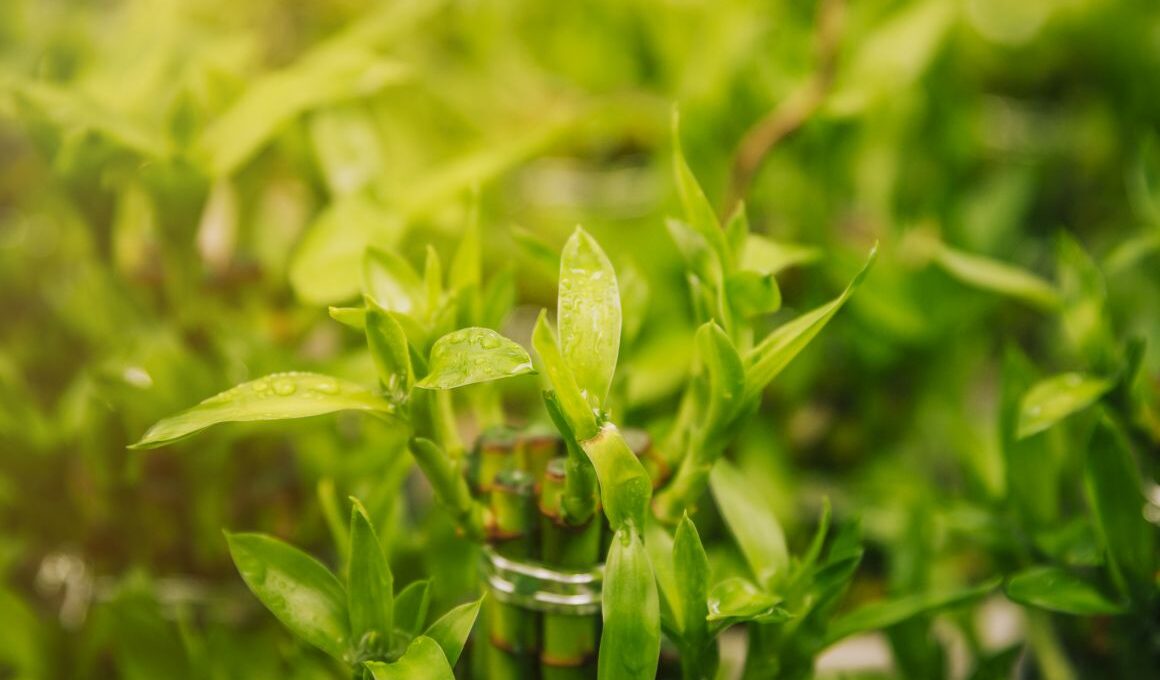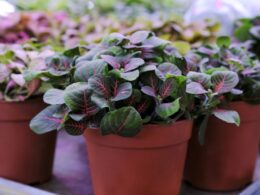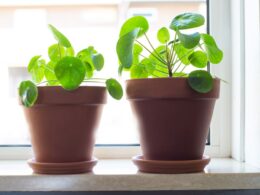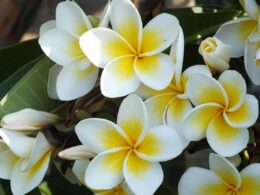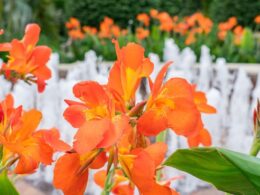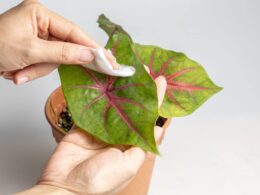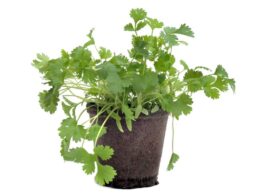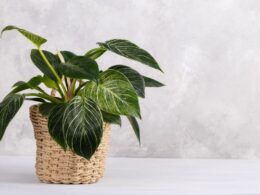We will provide you with tips on watering, soil, fertilizing, and light. We will also talk about the lifespan of a lucky bamboo plant and how to keep it looking its best! No bamboozling, just pure facts!
Lucky Bamboo Plant: Description
Lucky bamboo is a type of plant that is often used in Feng Shui. It is native to Africa and Asia, and it is said to bring good luck and fortune. The plant is easy to care for, and it can be grown both indoors and outdoors. Lucky bamboo typically has green leaves and yellow flowers. The plants can grow up to six feet tall, and they often have multiple stems. Lucky bamboo is not actually a type of bamboo, but it does have a similar appearance. The plant is also known as Dracaena Sanderiana or Ribbon Plant.
Lucky Bamboo Plant Care
One of the most important things to remember when bamboo plant care is to never let it sit in water when planted in soil. Lucky bamboo plants are susceptible to root rot, so it is important to make sure that they are always in well-drained soil. Keep the soil moist! When watering your bamboo plant, be sure to use distilled or filtered water. You can also add a small amount of liquid fertilizer to the water every few weeks.
Light
Lucky bamboo plants prefer bright, indirect light. If you notice that your bamboo plant is starting to yellow or wilt, it is probably not getting enough light. Move it to a brighter spot in your home and make sure that it does not receive direct sunlight.
How Long Will Your Bamboo Live
Most bamboo plants will only grow to be about two feet tall. However, with proper care, they can live for many years. When it comes to fertilizing your bamboo plant, you will only need to do this once every two months. Use a balanced fertilizer and apply it directly to the soil around the plant.
The Perfect Growing Conditions for the Common Lucky Bamboo
Lucky bamboo is a popular houseplant that is easy to care for and can thrive in a variety of conditions. The plant is native to Africa and Asia, and grows best in humid tropical environments. However, in lucky bamboo plant care, it is proven that they are also relatively tolerant of dry conditions and can survive in lower humidity levels. When selecting a growing location for your lucky bamboo, choose a spot that receives indirect sunlight. The plant can tolerate direct sunlight for short periods of time, but too much sun will cause the leaves to turn brown. Lucky bamboo also prefers well-drained soil that is always moist but never soggy. If you are unsure whether your plant is getting enough water, check the soil with your finger before watering. The soil should be damp but not wet. Finally, lucky bamboo is sensitive to temperature changes and should be kept in an area that is between 65 and 90 degrees Fahrenheit.
Fertilizer
Bamboo is a fast-growing grass that can be used for a variety of purposes, from construction material to landscaping. Because of its rapid growth rate, bamboo requires more fertilizer than other plants. The type of fertilizer you use will depend on the species of bamboo you are growing. For example, Nitrogen is essential for lots of green growth, while Phosphorus helps with root development. It’s important to choose a fertilizer that has the right ratio of nutrients for your particular bamboo species. You should also consider the stage of growth your bamboo is in when deciding how much fertilizer to apply. For young plants, it’s best to use a light hand, so you don’t burn the roots. Older plants can handle a heavier application.
Propagating Bamboo Plants
Most bamboo plants can be propagated by division, which is a simple process that can be done at almost any time of year.
- First, water the plant thoroughly and then dig up the entire clump, being careful to minimize root disturbance.
- Next, use a sharp knife or spade to divide the clump into smaller sections, making sure that each section has at least one strong shoot.
- Finally, replant the divisions in moist soil and water well. Division is the easiest and most common way to propagate bamboo, but it is not the only method.
- Bamboo can also be propagated from cuttings, rhizomes, and seedlings. For best results, it is always best to consult with a nursery or expert before attempting to propagate bamboos.
Lucky Bamboo Grow in a Vase
Lucky bamboo is a plant that is often grown in vases, and it is relatively easy to take care of. The plant does not need much sunlight, and it can even grow in low-light conditions. One of the most important things to remember when watering lucky bamboo is to use filtered or distilled water. This is because the plant is very sensitive to chemicals, and tap water can contain chlorine and other chemicals that can damage the plant. It is also important to change the water regularly, as it will not do well if the roots are allowed to dry out. Once a week should be sufficient, but you may need to water more often if the plant is in a hot, dry environment. So, there you go! Lucky bamboo plant care completed!
Lucky Bamboo Care. Conclusion
Bamboo is a versatile plant that can be used in a variety of ways. It can be used as an ornamental plant, as a privacy screen, or even as food for animals. By following the simple tips above, you can keep your lucky bamboo plant healthy and happy for many years! Thanks for reading, and we hope that this blog post was helpful! Feel free to share it with your friends who are also bamboo plant owners! Do you have any tips on bamboo plant care that you would like to share? Let us know in the comments below! Thanks for reading! Until next time! Happy Planting!





